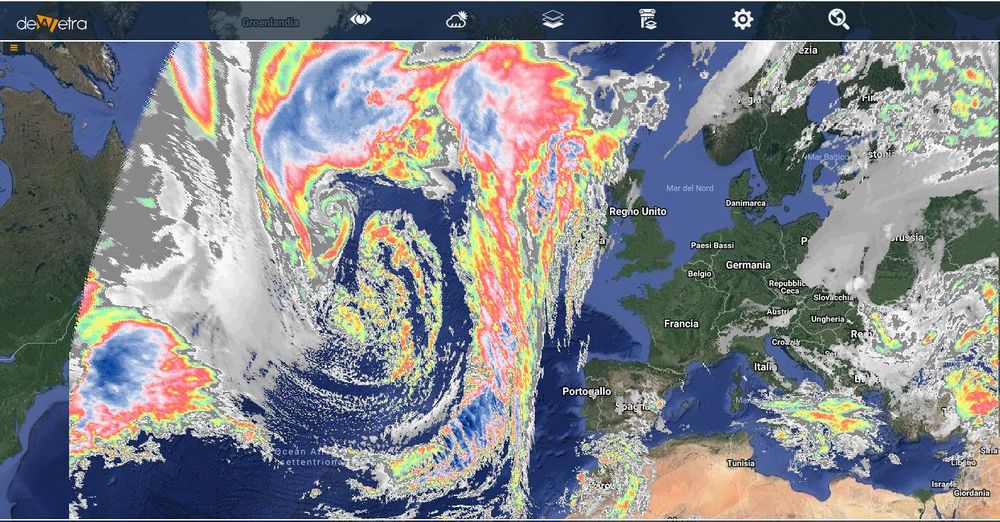MSG IR 10.8(eng)
From MyDewetra World
| Layer name | MSG IR 10.8 | |
| Tag | Cloud Cover | |
| Folder | ||
| Source | EUMETSAT | |
| Description | MSG (Meteosat Second Generation) is a joint effort of ESA (European Space Agency) and EUMETSAT and follows the success of the first generation Meteosat satellites. ESA is responsible for the design and development of the first satellite (now in orbit) and the assembling of the other three in collaboration with EUMETSAT. The first satellite, MSG-1 was launched in August 2002. MSG-2 was launched in December 2005. The others were launched later (2011-2013). Each satellite has a nominal lifetime of seven years. The third and fourth MSG satellite of the same design are provided to ensure service continuity until the end of the next decade. With the launch of MSG-2, two MSG satellites are operational in geostationary orbit, the first one operating at 0 degrees longitude on the west equatorial Africa while the other is the back up. The second generation MeteoSat is designed to meet the different needs of users interested in nowcasting applications and the development of numerical models for weather forecasts and will also provide important data for climate monitoring which will help to quickly-identify the weather events that could trigger devastating aftermaths. The second generation of Meteosat images resumes at longer wavelengths and narrower intervals than its predecessors, making it particularly suitable for short-term forecasts of unexpected and troublesome weather phenomena such as snow, thunderstorms and fog. By default, the system displays the last available image in the infrared channel (10.8µHz). the refresh time is 15 minutes with a spatial resolution of about 3km.
More info at: MSG documentation on line | |
| Screenshot | ||
| Properties | ||
| Available variables | Infrared brightness temperature | |
| Available accumulations | ||
| Available interpolation algorithms | ||
| Available filters | ||
| Spatial aggregations |
